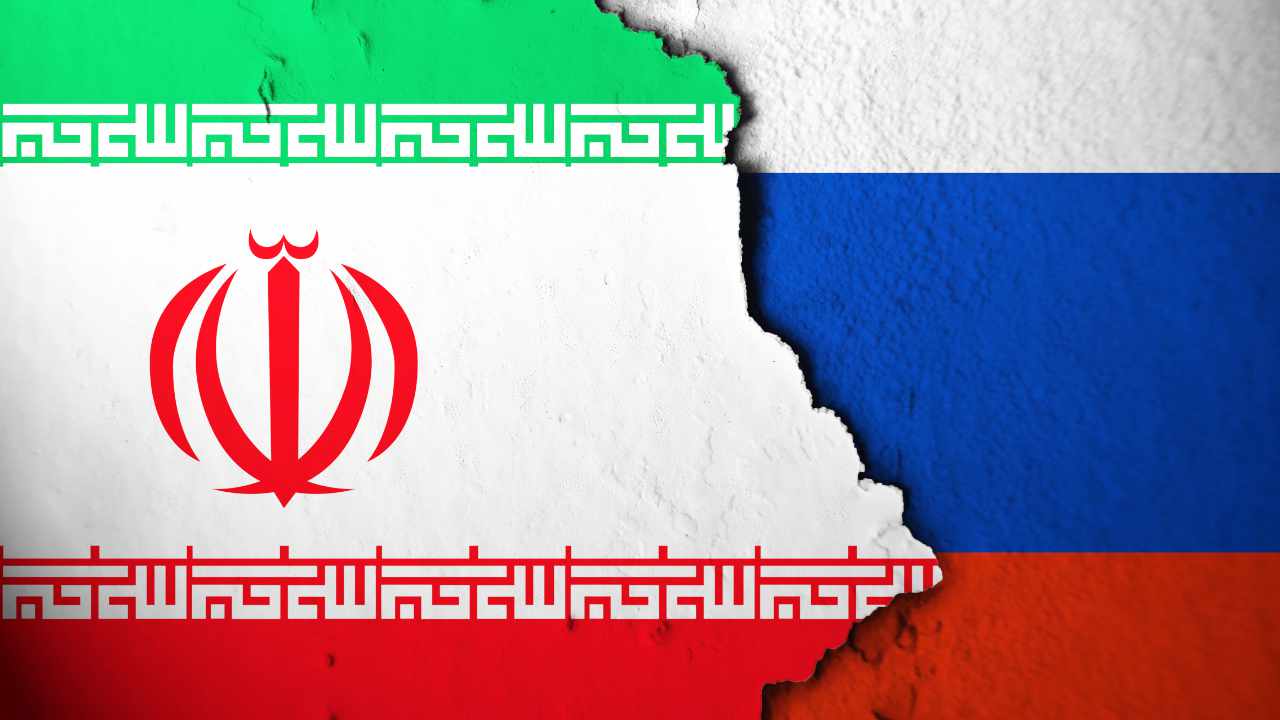The Czech philosopher Jan Patočka once wrote that “a life not willing to sacrifice itself to what makes it meaningful is not worth living.” Patočka argued that history began when persons started moving in the world by living in truth. Truly, history reminds us that despots and dictators can never live in truth. But what history will show the future generations in Iran is that there lived women and men, young and old, who had the courage to stand up for their rights.
For the first time in its history, the Islamic Republic of Iran is encountering tough resistance from Iranian citizens inside and outside the country. Hundreds of teenagers, youngsters and university students have been arrested and held in cruel and inhuman conditions. As such, having faced a wave of countrywide protests from Iranians of all walks of life, the Iranian regime has opted for a brutal clamp-down of demonstrators and dissenters. Since the beginning of the current unrest in Iran, tens of thousands of Iranians living abroad have marched on the streets of Europe, North America, Australia and elsewhere. Most of these protestors belong to a younger generation of Iranians born and raised in Western countries. Also, among these, many are highly skilled Iranians, intellectuals, scientists and artists who have left their country in the years following the Iranian Revolution of 1979. The economic mismanagement and political hardship imposed by the Islamic regime in Iran, accompanied by bribery and corruption, have been the main causes of the massive rift between its political elite and middle class. Therefore, 43 years of theocratic autocracy and human rights abuses have left the Iranian youth in a state of frustration and disenchantment.
Thousands have taken to the streets day and night for the past seven weeks, despite a crackdown by security forces that has killed nearly 300 people. But this naked violence and barbaric cruelty, which has cost the lives of many young women and men, has not stopped the hope and excitement among Iranian youngsters of a real change in Iran. It seems as if, despite all the brutalities and killings practised by the governmental forces of repression, people are not willing to give up the streets, schools, universities and factories. This is a turning point in Iran’s recent political history that the world cannot ignore. It looks as if the genie of change in Iran is trying once again to get out of the bottle.
As for Iranian women, their response to the violence of the Iranian regime and the male chauvinistic values of Iranian society has been to think politics in its feminine nature. This process of feminization of Iranian dissent has ensured women’s access to the Iranian public sphere as self-governing citizens and active elements of structural change. Surely, by their creative strategies and their fundamental belief in the feminization process of the Iranian public sphere, Iranian women have become animators of new ideas and bearers of moral capital. What the Iranian women and especially the younger generation of schoolgirls are teaching the Iranian political establishment is that if it continues to underestimate the revolution of values that is taking place in today’s Iran, it is just continuing at its own risk with its own dream of domination. Naturally, if that is the case, it is time for Iranian political leaders to become aware of the fact that beating and killing young men and women on the streets of Iran is a sign of weakness, not an example of leadership.
However, the truth is that the Iranian leadership is defending no values, either political or religious; it kills only to save its dictatorship.
For Iranian youth seeking an end to authoritarianism and the advent of democracy in their country, the lessons gleaned from Gandhian non-violence have been mixed. On one hand, the brutality and cruelty of the Iranian regime, killing even school children, seems to have developed among the citizens of Iran a sense of pessimism toward the non-violence practised by moral heroes like Mahatma Gandhi and Martin Luther King, Jr. But, on the other hand, recent images of the protests around Iran show young men and women who are fighting Iran’s security forces with bare hands. They try not to be victims of their past, and the bitterness which goes with it, and to look instead at the end of the tunnel.
Let us not forget that the great strength of civil resistance in Iran today is its moral capital. Never in the past 100 years have the Iranian people possessed any military advantage over their regimes, but this never dissuaded them from rising up against different forms of injustice. At each crossroad of history, non-violent action undermined the regime’s claim to moral legitimacy and diminished its political control. As such, the choice of civil disobedience gives social protests in Iran a sort of ‘Gandhian’ tone. It is certainly difficult to venture into speculation about the practice of Gandhian non-violence in Iran. But what does seem certain, however, is that a new generation of young civic actors are experimenting with Gandhian principles in a changed Iran.
Ramin Jahanbegloo is executive director of the Mahatma Gandhi Centre for Non-violence and Peace Studies, Jindal Global Law School
Download The Mint News App to get Daily Market Updates.
More
Less















